How To Use Security Cameras Without Wifi?
In today's digital age, security cameras have become an essential tool for ensuring the safety and security of homes, businesses, and public spaces. While many modern security cameras rely on WiFi for connectivity and remote access, there are numerous scenarios where WiFi may not be available or desirable. Whether you're in a remote location, concerned about network security, or simply prefer a more traditional setup, there are several ways to use security cameras without WiFi. This article will explore various methods and practical solutions for deploying security cameras without relying on a wireless internet connection.
Understanding the Basics

Before diving into the specific methods, it's important to understand the basic components and functionalities of security cameras. Traditional security cameras can be broadly categorized into two types: analog and digital. Analog cameras transmit video signals via coaxial cables to a Digital Video Recorder (DVR), while digital cameras (IP cameras) send video data over Ethernet cables to a Network Video Recorder (NVR). Both types can function without WiFi, but the setup and requirements differ.
Method 1: Wired Security Camera Systems
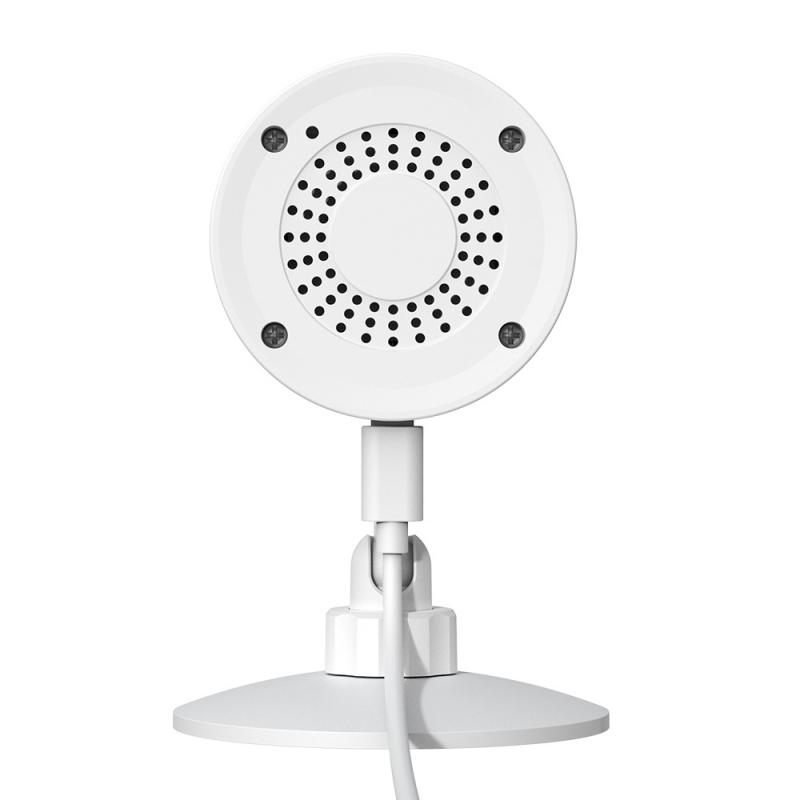
One of the most straightforward ways to use security cameras without WiFi is to opt for a wired security camera system. These systems typically include cameras, cables, and a recording device (DVR or NVR). Here's how to set up a wired security camera system:
1. Choose the Right Cameras: Select cameras that suit your needs, whether they are analog or digital. Ensure they are compatible with your recording device.
2. Install the Cameras: Mount the cameras in desired locations. Make sure they cover all critical areas you want to monitor.
3. Run the Cables: Connect the cameras to the DVR or NVR using coaxial or Ethernet cables. This step may require drilling holes and running cables through walls or ceilings.
4. Connect the DVR/NVR: Place the DVR or NVR in a secure location. Connect it to a monitor or TV for live viewing and playback.
5. Power the System: Ensure all cameras and the recording device are connected to a power source. Some systems may use Power over Ethernet (PoE) to simplify the setup.
6. Configure the System: Follow the manufacturer's instructions to configure the recording settings, such as motion detection, recording schedules, and video quality.
Method 2: Cellular Security Cameras
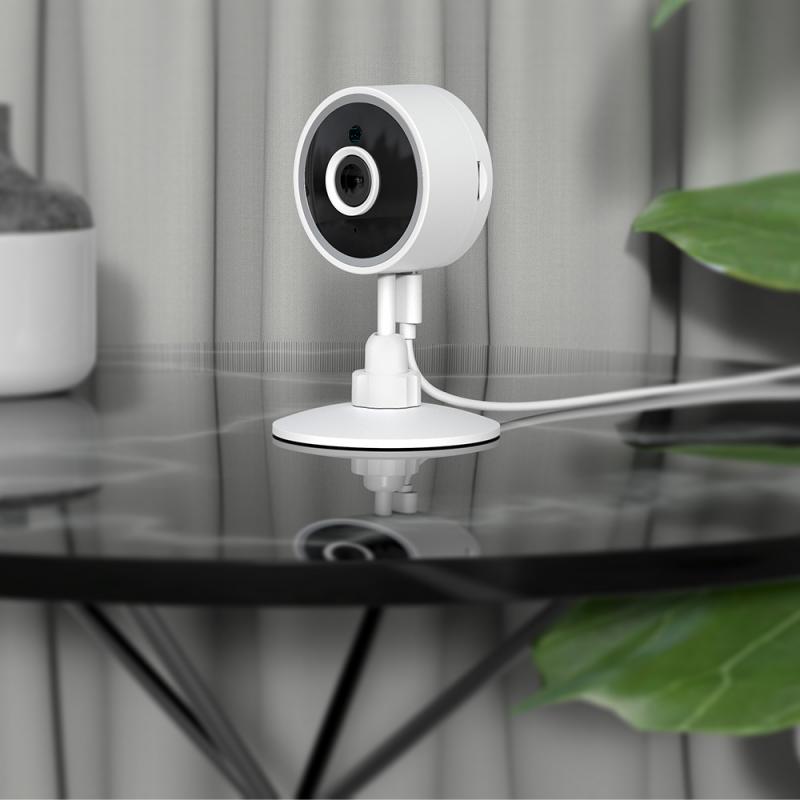
For locations where running cables is impractical or impossible, cellular security cameras offer a viable alternative. These cameras use cellular networks to transmit video data, eliminating the need for WiFi. Here's how to set up a cellular security camera:
1. Select a Cellular Camera: Choose a camera that supports cellular connectivity. Ensure it is compatible with the cellular network in your area.
2. Install a SIM Card: Insert a SIM card with an active data plan into the camera. Some cameras come with pre-installed SIM cards.
3. Mount the Camera: Install the camera in the desired location. Ensure it has a strong cellular signal for optimal performance.
4. Power the Camera: Connect the camera to a power source. Some cellular cameras come with rechargeable batteries or solar panels for added convenience.
5. Configure the Camera: Use the camera's mobile app or web interface to configure settings such as motion detection, recording schedules, and notifications.
Method 3: Local Storage Security Cameras
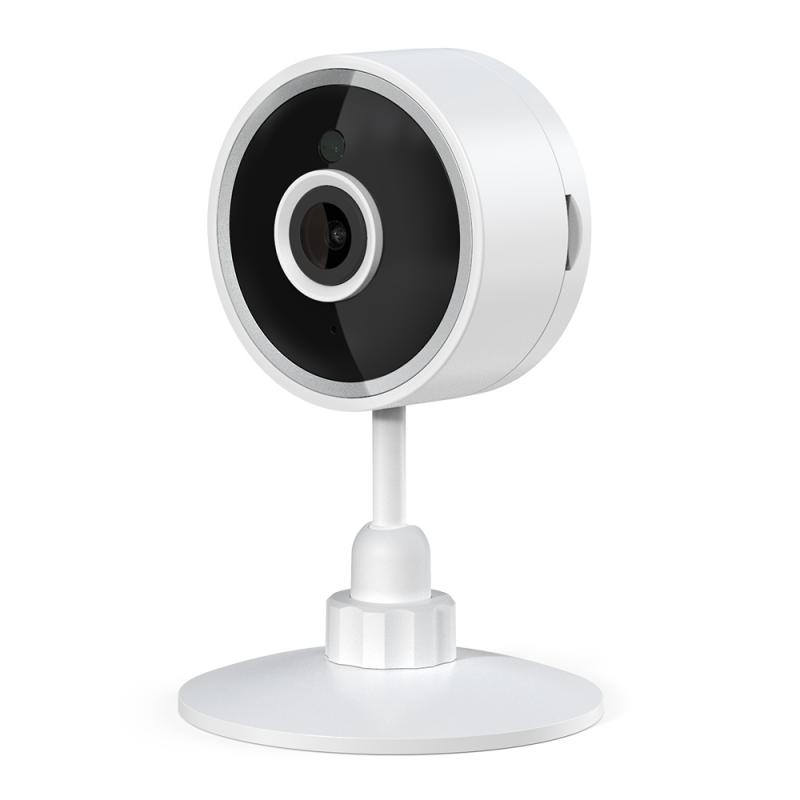
Another option for using security cameras without WiFi is to rely on local storage. Many modern cameras come with built-in SD card slots or USB ports for local recording. Here's how to set up a local storage security camera:
1. Choose a Camera with Local Storage: Select a camera that supports SD cards or USB storage. Ensure it meets your resolution and storage capacity requirements.
2. Install the Storage Device: Insert an SD card or connect a USB drive to the camera. Format the storage device if necessary.
3. Mount the Camera: Install the camera in the desired location. Ensure it covers the areas you want to monitor.
4. Power the Camera: Connect the camera to a power source. Some cameras may offer battery or solar power options.
5. Configure the Camera: Use the camera's interface to set up recording settings, such as motion detection, recording schedules, and video quality.
Method 4: Hybrid Security Systems
Hybrid security systems combine wired and wireless components to offer flexibility and redundancy. These systems can function without WiFi by relying on wired connections for primary operations and using wireless features as a backup. Here's how to set up a hybrid security system:
1. Select a Hybrid System: Choose a security system that supports both wired and wireless components. Ensure it meets your coverage and recording needs.
2. Install the Wired Components: Mount the wired cameras and connect them to the DVR or NVR using cables. Follow the same steps as outlined in the wired security camera system setup.
3. Install the Wireless Components: Mount the wireless cameras in locations where running cables is impractical. Ensure they have a strong signal to the recording device.
4. Power the System: Connect all cameras and the recording device to a power source. Some hybrid systems may use PoE for wired cameras and batteries for wireless cameras.
5. Configure the System: Follow the manufacturer's instructions to configure the recording settings, motion detection, and notifications for both wired and wireless components.
Practical Considerations
When setting up security cameras without WiFi, there are several practical considerations to keep in mind:
1. Power Supply: Ensure all cameras and recording devices have a reliable power source. Consider using uninterruptible power supplies (UPS) to protect against power outages.
2. Storage Capacity: Choose storage devices with sufficient capacity to store video footage for your desired retention period. Regularly back up and manage storage to prevent data loss.
3. Signal Strength: For cellular and wireless cameras, ensure they have a strong signal to avoid connectivity issues. Use signal boosters or repeaters if necessary.
4. Maintenance: Regularly inspect and maintain your security system to ensure optimal performance. Clean camera lenses, check cables, and update firmware as needed.
5. Privacy and Security: Protect your security system from unauthorized access. Use strong passwords, enable encryption, and follow best practices for physical and digital security.
Using security cameras without WiFi is not only possible but also practical in many scenarios. Whether you opt for a wired system, cellular cameras, local storage, or a hybrid setup, there are numerous solutions to meet your security needs. By understanding the different methods and practical considerations, you can deploy a reliable and effective security camera system without relying on a wireless internet connection. This approach ensures continuous monitoring and recording, providing peace of mind and enhanced security for your property.


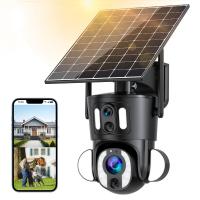


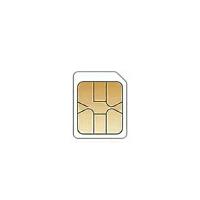
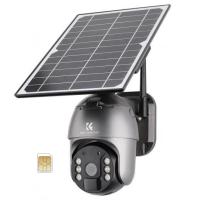
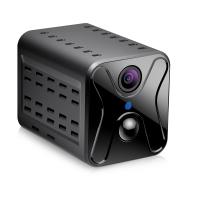
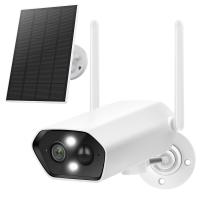
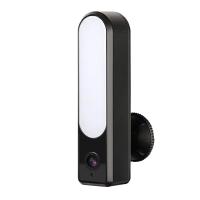
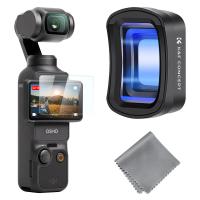
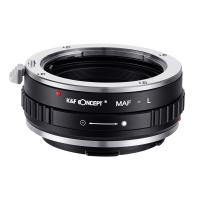

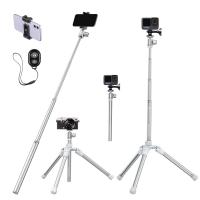

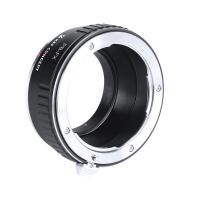
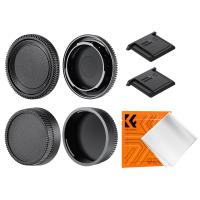
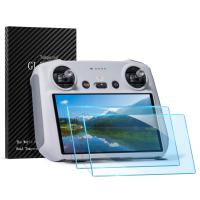
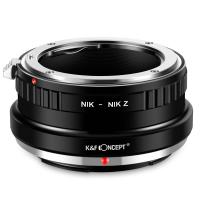

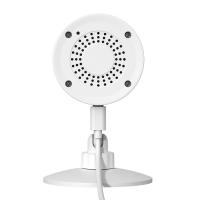

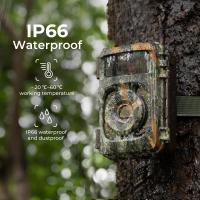

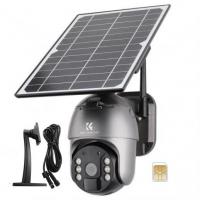

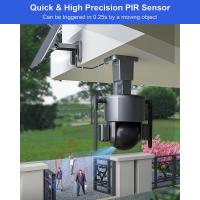
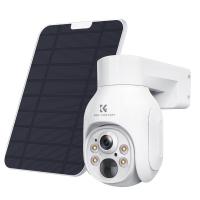
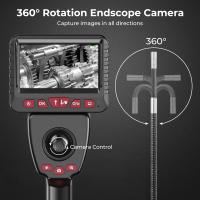
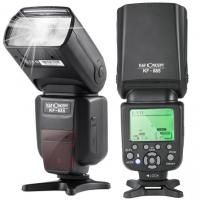







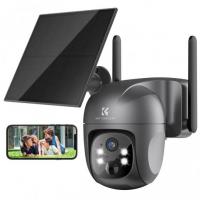


There are no comments for this blog.